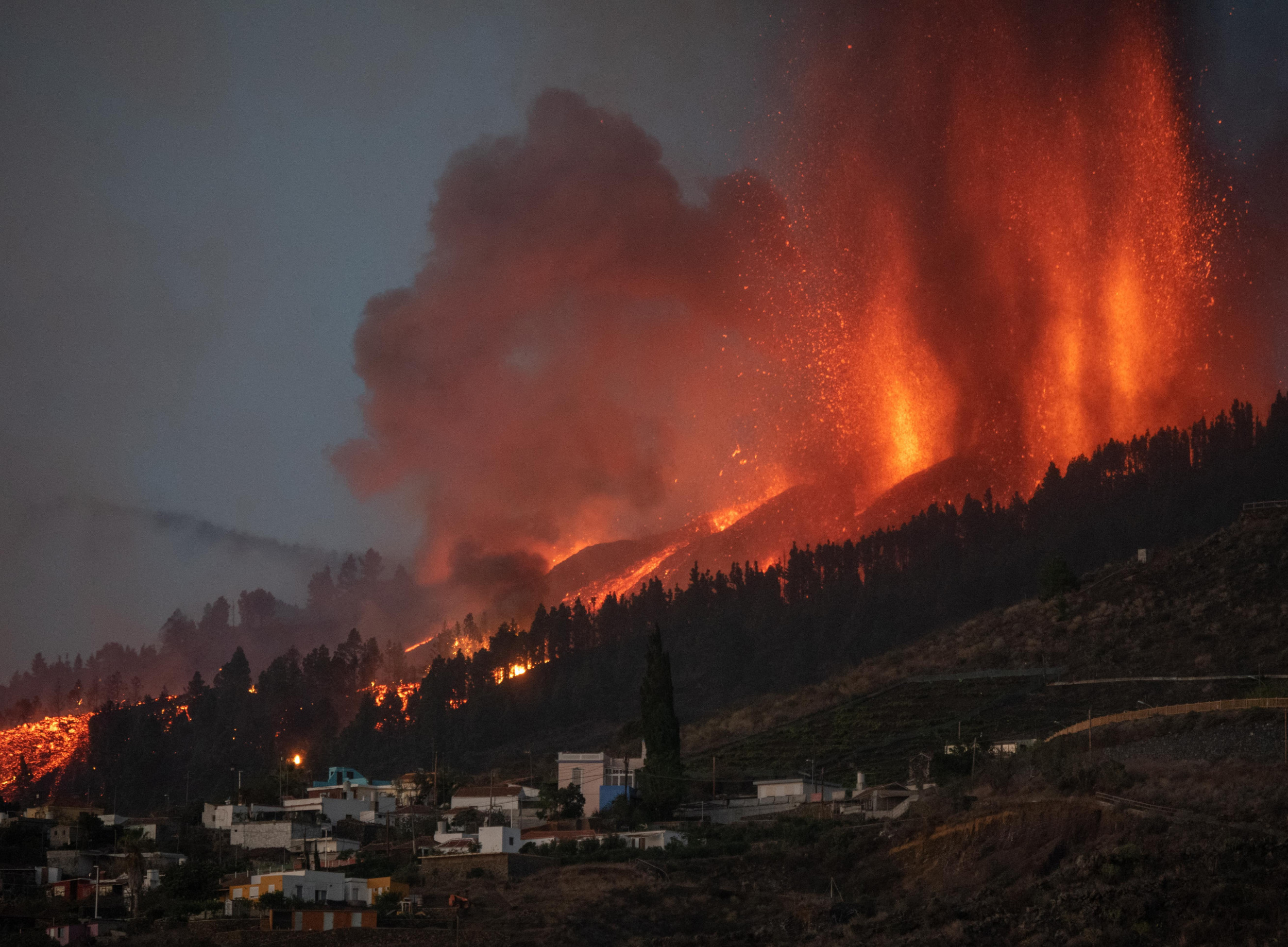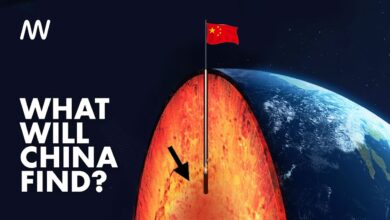La Palma: The Eruption That Could Unleash A Mega Tsunami Across The Atlantic
**La Palma: The Risk of a Mega-Tsunami Devastating the Atlantic**
:max_bytes(150000):strip_icc():focal(731x495:733x497)/la-palma-true-story-volcano-tajogaite-after-121724-86811424f525412db31d799d8894c8d9.jpg)
Underneath the tranquil beauty of La Palma, one of the most beautiful islands in the Canary archipelago, lies a geological secret that could cause one of the most terrible natural disasters in human history. Imagine giant waves hundreds of meters high tearing across the Atlantic, destroying coastlines from Africa to the Americas, and plunging major cities like New York, Miami, and Lisbon into chaos. This is not the plot of a science fiction movie, but a real scientific hypothesis, based on the unstable nature of the volcano on La Palma.
Scientists warn that the western flank of the Cumbre Vieja volcano – already weakened by centuries of volcanic activity and erosion – could collapse in a future eruption. This collapse could send billions of tons of rock crashing into the Atlantic Ocean, creating a mega-tsunami that could completely change the face of continents. But how big is this threat really? Can a tiny volcanic island change the world?
—
**La Palma – An Unstable Island**
La Palma is one of the youngest islands in the Canary Islands, formed about 2 million years ago by volcanic activity at hotspots. The geological structure of the island is dominated by the Cumbre Vieja volcano – a volcanic chain running from north to south, where there is frequent strong seismic and volcanic activity.
Cumbre Vieja has erupted several times in recorded history, with the most recent occurring in 1949, 1971 and 2021. These eruptions have been accompanied by major earthquakes, highlighting the instability of the island’s volcanic structure. The 2021 eruption in particular caused widespread devastation, forcing thousands of residents to evacuate and completely changing the island’s landscape.
What makes La Palma particularly dangerous is the structural instability of Cumbre Vieja’s western flank. Factors such as the steepness of the terrain, erosion by rainwater, groundwater, and seawater, along with earthquake-induced fissures, increase the risk of collapse of this flank.
—
**The Megatsunami Hypothesis**
The megatsunami hypothesis comes from a 2001 study by geologists Steven Ward and Simon Day. They predicted that, if Cumbre Vieja’s western flank collapsed in a major eruption, about 500 km³ of material could rush into the Atlantic Ocean at extremely high speeds, pushing huge amounts of water into unprecedented tsunamis.
According to Ward and Day’s model, the initial tsunami could be hundreds of meters high near La Palma, then spread across the Atlantic. Nearby coastal areas, such as the Canary Islands and northwest Africa, could be hit by waves as high as 100 meters in just a few minutes. Within hours, the coasts of Europe and North America would also be hit by tsunamis, with heights ranging from 5 to 25 meters.
—
**Science and Reality Controversy**
While intriguing, the megatsunami hypothesis has also been controversial. Some scientists believe that the 2001 model overstated the risk. Later studies have shown that the volume of collapsed material could be smaller, and that the collapse would likely be gradual rather than a sudden event. This would significantly reduce the size and power of the tsunami.
Still, the potential consequences of a megatsunami from La Palma are too serious to ignore. Therefore, geological research and monitoring efforts on La Palma have been intensified. Early warning systems based on GPS, satellite radar and seismic sensors are closely monitoring changes on the island.

**Conclusion**
La Palma and the Cumbre Vieja volcano remind us of the fierceness and unpredictability of nature. While the likelihood of a megatsunami may be low, the impact would be enormous. Cooperation between scientists, governments and the international community is necessary to reduce risks and protect vulnerable areas from natural threats.








